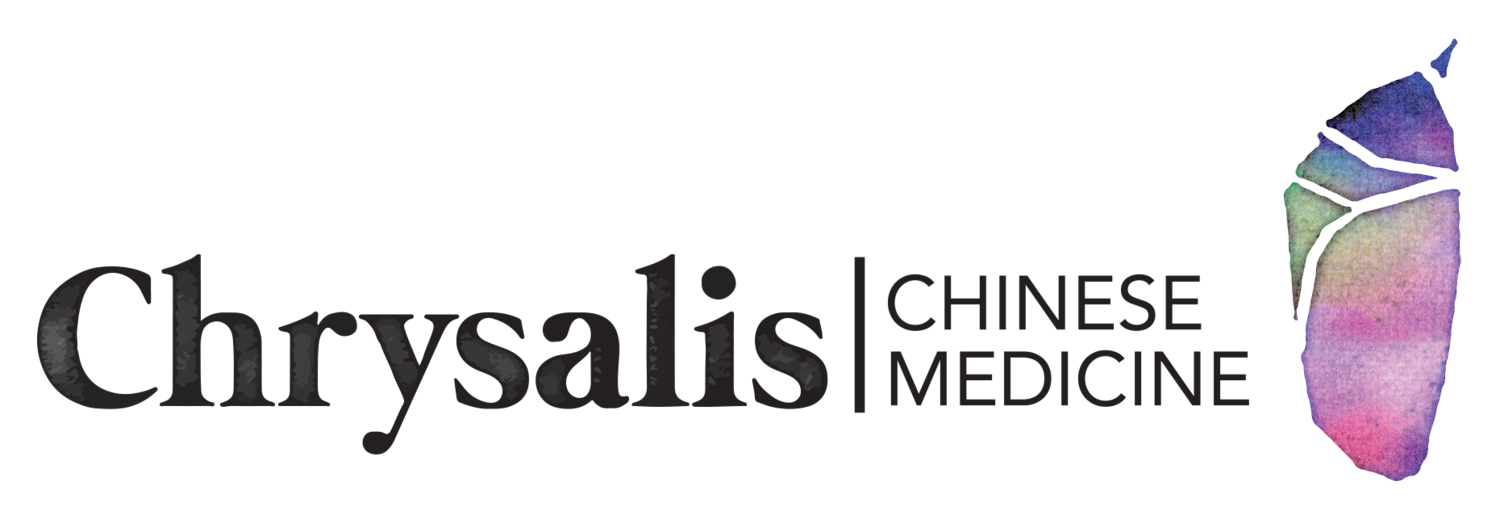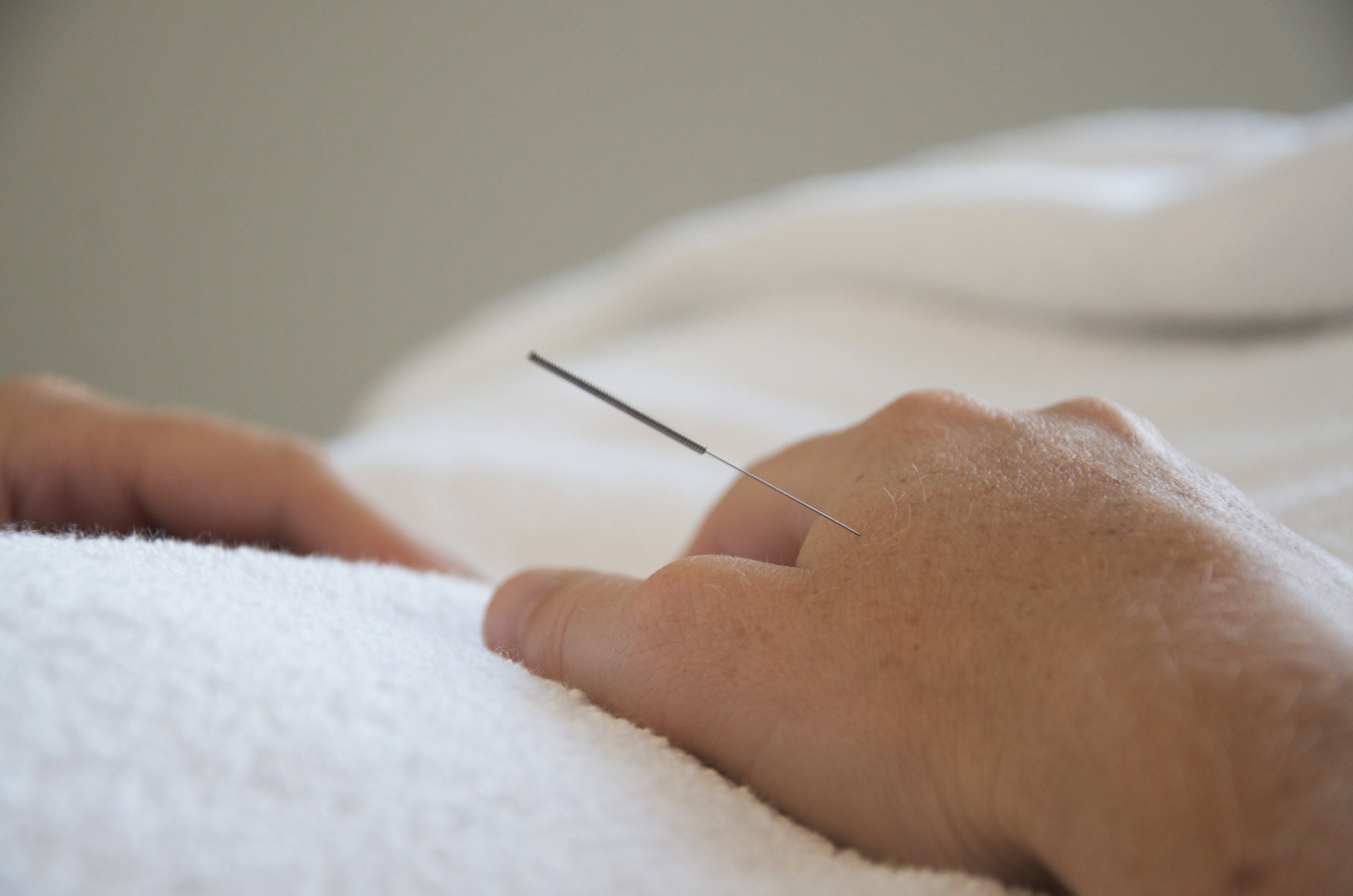Debunking Some Chinese Medicine & Acupuncture Myths
/As Chinese Medicine and Acupuncture grows in popularity, so do the myths and arguments both for and against its use, as well as the intrigue surrounding it. And although these practices have been around for thousands of years, they remain a mystery to many. Which is why I’m going to share a few of the myths and comments I commonly hear when I tell people what I do!
#1 ‘Acupuncture Hurts!’
Yes, there are needles. And most of us associate needles with pain. As a child, I was terrified of needles (and therefore acupuncture) and even though I was seeing my Chinese Medicine Practitioner from when I was a young teen, I don’t think I ever let him stick needles in me until I was at least 20.
But, acupuncture needles tend to range from a 0.16 – 0.30mm gauge. Compare this to a medical syringe or hypodermic needle, which tends to be about 3mm. Basically, you could fit at least 10 acupuncture needles into the tip of a typical hypodermic needle!
So no, acupuncture doesn’t hurt. Occasionally you’ll feel a tiny prick as the needle penetrates the skin, but this dissipates quickly and some people don’t even feel any go in at all. Although there is often a dull sensation around the point of the needle, this definitely isn’t painful, and when I treat the most common question tends to be ‘is that it?!’
#2 ‘There’s No Research or Evidence Behind It’
I often get people saying to me ‘oh sure, acupuncture has a great placebo effect but there’s no evidence to support it’. And to be honest, this is probably the one misconception about my industry that pains me the most. Because, even at a quick glance, between 1995-2016 there were 13,320 trials in acupuncture, with a steadily growing number of these being gold-standard randomised control trials (1). And a lot of these are coming out of Australia too, and with promising results!
RMIT recently conducted some research in the emergency department at the Alfred Hospital finding that acupuncture was as effective as pain medicine in providing relief for patients who came to emergency in considerable pain. More information on that study here.
In January 2017, some Australian researchers also published ‘The Acupuncture Evidence Project’, a literature review finding evidence for the effectiveness of acupuncture for 117 conditions including headache and migraine, allergic rhinitis, and chemotherapy-induced nausea and vomiting, among others. You can have a look for yourself at their publication here.
#3 ‘You Can Do a Weekend Course to Practice Acupuncture Though, Right?’
A lot of people tend to think that Acupuncture is a wishy-washy new-age trend that only hippies use, and tend to put it in the same category as crystals, energy healing, and even fortune telling, but this is just not true!
In Australia, to become a Chinese Medicine practitioner, you must complete 4 years of full time study, which includes biochemistry, anatomy, physiology, and pathophysiology, on top of actually learning the ancient practices of Chinese Medicine, and spending over 400 hours in observed clinical practice.
Not only this, but to practice in Australia, Chinese Medicine practitioners need to be registered with AHPRA (the governing body that also governs medical doctors, dentists, psychologists, nurses, etc.), which means that it’s also claimable with private health insurance (unlike crystals and fortune telling).
#4 ‘Acupuncture is Only Good for Pain’
Although pain is something that is commonly treated with Acupuncture, the practice is part of a complete healthcare system and can be used to alleviate symptoms of, and manage, a myriad of other health concerns.
I could write pages and pages on what Acupuncture can be used for, but here are some of the more common ailments, which have a heap of research behind them, which you can read up more on here
IVF support
Migraine prophylaxis
Allergic rhinitis (Hay fever)
Nausea and vomiting
Hypertension
Anxiety and depression
Insomnia
Dysmenorrhea (painful periods)
Irritable bowel syndrome
Fatigue
#5 'I Tried it Once, it Didn’t Work'
Although acupuncture is fantastic, it isn’t a magic needle that’s going to fix weeks, months, or even years of poor health in one treatment. Unlike western medical drugs which block/inhibit/increase/decrease certain neurotransmitters or hormones in the body (often masking rather than treating symptoms), acupuncture uses the body’s own innate healing potential to elicit results by addressing the underlying reasons as to why you are experiencing certain symptoms.
This often means that to begin with, treatments are required to be close together, and become more spaced out until all that is needed is a ‘maintenance’ check-up.
For example, if someone was coming in for the treatment of constant headaches they may find after the first treatment their headache may not come back for 3 days. Next time, it may be a week. Then 10 days. Then a fortnight. Then a month. The aim of acupuncture isn’t to keep you coming back every week for the rest of your life, it’s to trigger your body’s own healing response, and this tends to take a little more time than popping a pill that masks your symptoms!
#6 ‘Oh, You’re Into Alternative Medicine, You Must Hate Western Medicine’
No! Not at all! Yes, I disagree with some things, especially in the care of chronic pain and chronic illness where patients are told they can’t and won’t get better, but Western medicine is incredible when it comes to our ability to test and screen disease, as well as emergency medicine. When you have appendicitis and need your appendix out – go to emergency! Don’t get acupuncture! But, when you’re getting chronic migraines and are given some painkillers and told to manage them with that, please consider there are other options and you don’t have to live with that diagnosis for the rest of your life.
When it comes to comparing Chinese Medicine with Western Medicine, and also just explaining how Chinese Medicine works with a beautiful analogy, this is a passage I recently read which really explains what I do perfectly:
“Imagine our patient is a round table, which in its diseased state has grown sharp corners and now looks like a square table – oh dear! The table goes to see the specialist in corners. ‘No problem at all, my dear table, we’ll have you round again in no time at all’. Well, right he was, more or less. The operation was performed the very next day. The surgeon, wielding a saw, quickly removed the table’s corners. The procedure was quite painful but over and done with rapidly and efficiently. Unfortunately, he cut a little too close on the fourth corner and the table lost part of one of its legs. The top, however, while not entirely round and smooth, no longer had sharp corners.
But imagine if the table had come to see the old Chinese professor himself. ‘Tut tut, how did this corner business come about?’ he would have enquired and then carefully and thoroughly felt the wood on the table’s corners, top and legs. ‘Yes’, he might say quietly after some time, ‘I can help you to be a round table again’. Then, he would pull out a small file, apply it to one corner and begin to file. He would file and file. And even though it might be tedious and require a lot of patience on the part of both the table and the doctor, and it might take up to one year before the table would be truly its old round self again, eventually it would be beautifully smooth and strong and perfectly round again”. (2)
So hopefully that answers some of the more common thoughts that a lot of people have when it comes to Chinese Medicine and Acupuncture. But, if you’ve heard any myths or have any other questions about Chinese Medicine or Acupuncture, or its effectiveness in treating certain health problems, please feel free to ask – I’m only a quick email away!
References:
1: https://www.ncbi.nlm.nih.gov/pmc/articles/PMC5156436/
2: Lyttleton, J. (2013). The treatment of infertility with Chinese medicine. Oxford: Churchill Livingstone.
LInks to further research referred to in article:
https://www.mja.com.au/journal/2017/206/11/acupuncture-analgesia-emergency-department-multicentre-randomised-equivalence
https://www.acupuncture.org.au/wp-content/uploads/2017/11/28-NOV-The-Acupuncture-Evidence-Project_Mcdonald-and-Janz_-REISSUED_28_Nov.pdf



